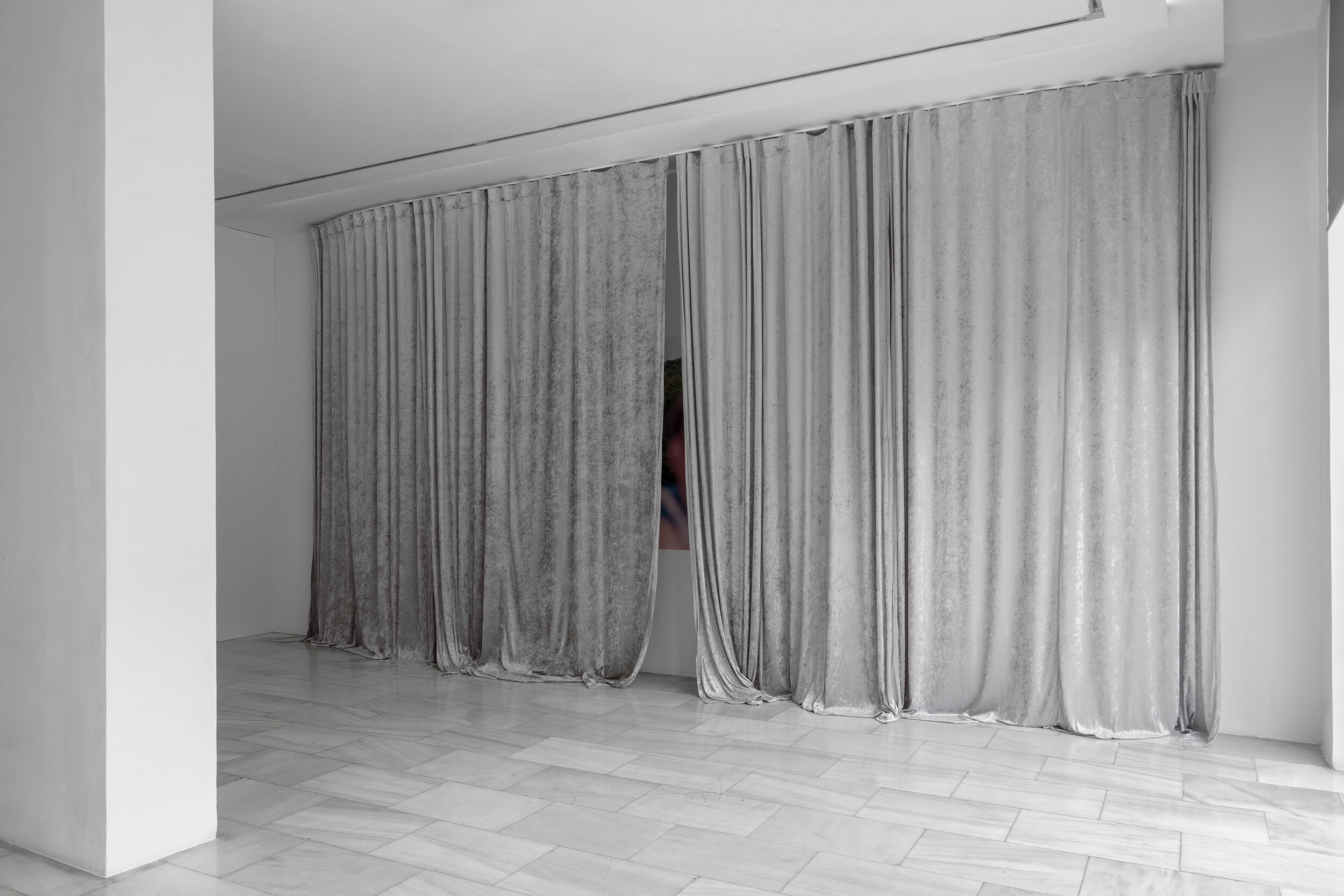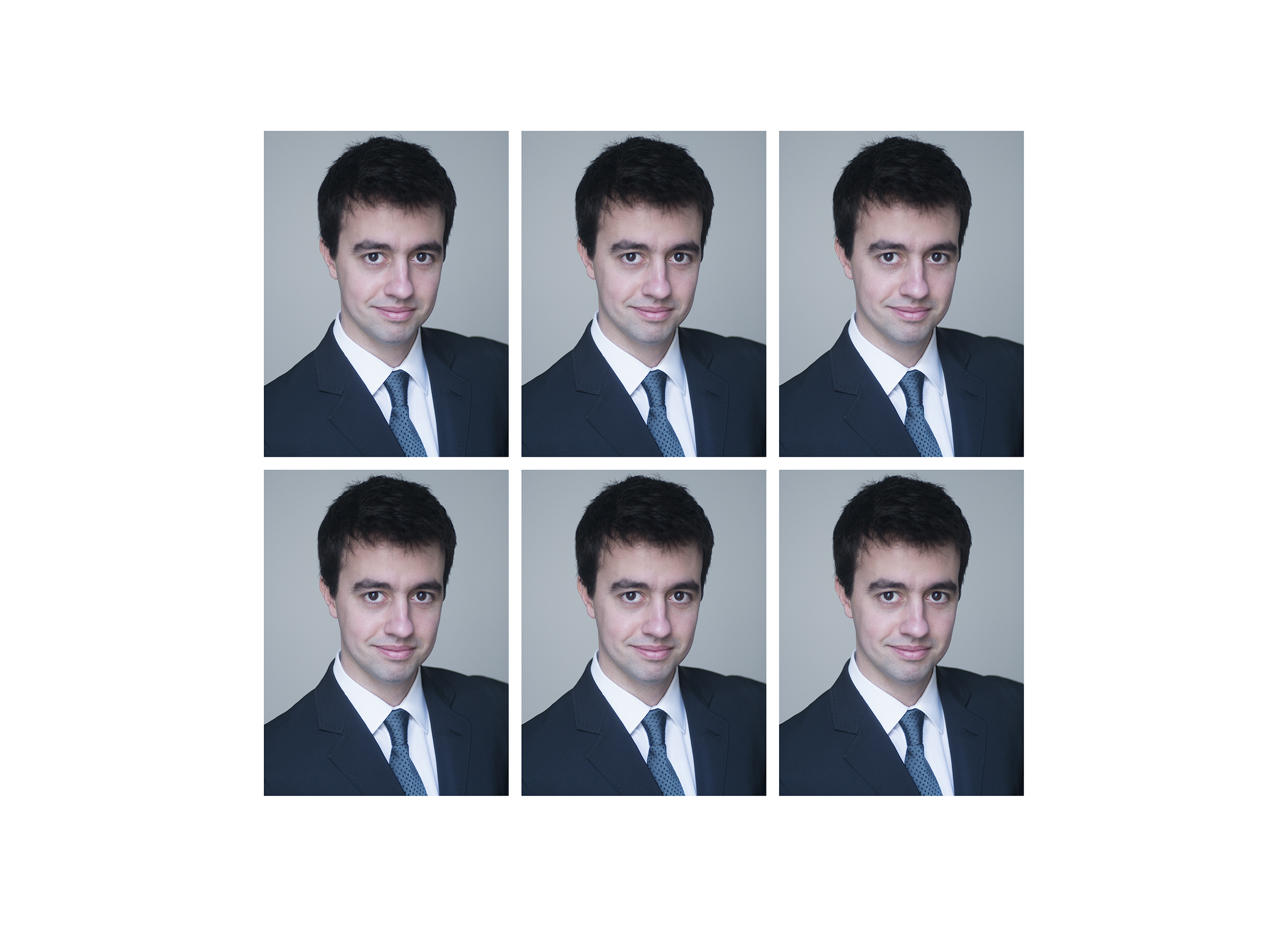Uncover
Group show at Sala de Arte Joven, Madrid, 2016
Organization: Comunidad de Madrid
Curator: Martim Dias
Uncover
Text by Tiago Casanova
An installation around the perception of reality and fiction, a quest to uncover the invisible through an imposed imagination.
“I always mistrust everything which I see, which an image shows me, because I imagine what is beyond it. And what is beyond an image cannot be known.” (Antonioni)
Uncover is an image-based installation created to respond to curator Martim Dias’s proposal to “Question Society”, a show exhibited at Sala de Arte Joven in Madrid and at Centro Cultural Vila Flor in Guimarães.
The project takes as its starting point the real and personal history of the breakup with a woman with whom I was in a relationship for over seven years (from the age of 18 to 25), which ended unexpectedly and without a single word or explanation, even until today. The project is a self-critical analysis of a period of time during which I searched for answers and the truth, a sort of an obsessive-compulsive investigation that drove me into depression, using photographic images and texts founded online through social media, in order to create an interpretation of reality. A reality or truth that finally never dawned on me.
In this project, I was interested in playing with the binomial Reality/Fiction to produce an installation that explored the psychological and physical processes happening between the visible and what is yet to be discovered, and how this creates an imaginary representation of reality throughout the captured images. In the end, the installation is not so much about the woman as it is about the way I dealt with the memory of her and with my quest for a truth I could never fathom. Following my current investigation on the import of memory through the documental function of photography, and the way we all use captured images to archive our personal moments, I am interested in the fact that every single photograph that we produce represents a memory we desire to hold on to, meaning that even the photographs with some kind of failure or that are aesthetically uninteresting, or even the millions of photographs that are kept invisible in our archives, play an important role on the construction of our identity.
This installation has four different levels of visibility/invisibility. The first of these levels is a curtain that covers the entire wall constellation: the public has to engage with it in order to find something more, but they are never able to completely open the curtain and visualize the entire work.
The second level consists of seven photographs of my former girlfriend with her back to the camera, in somewhat large prints that allow the visitors to see them from a distance. These photographs are a direct analogy to the way she turned her back on me, but also suggest an imaginary process to the audience, which is driven by curiosity. The goal here is for the audience to try and imagine her face. I want people to create an idea of reality using their imaginations, a reality that they will never be able to access. Her face, intimate body or details such as her name, are never revealed in the exhibition. There is also one photograph of her printed on vinyl in a very large format, where although she is facing the camera she is still an invisible figure, emphasizing the fact that photography never represents reality.
The third level is a set of objects, written texts and photographs that are only observable from a close distance. These objects tell our personal story from the time that we broke up, using print screens from Instagram, the social media I was using to find more about her and her feelings.
The fourth and final level is a copy of the letter I wrote to her two days before the opening, telling her about my feelings and about the show. Every visitor could take one sealed copy of the letter, allowing them to feel from a very personal perspective the project and the story. The goal was for people to feel that they were somehow trespassing, and to transform them into some kind of voyeurs searching for reality or more information. The letter is in fact the exhibition’s Descriptive Text, which I invite you to read so that you can dive deeper into this story, and to better understand the objects that represent the third level.
If you wish to receive your own copy of the letter for free, you can fill in the form below.








































